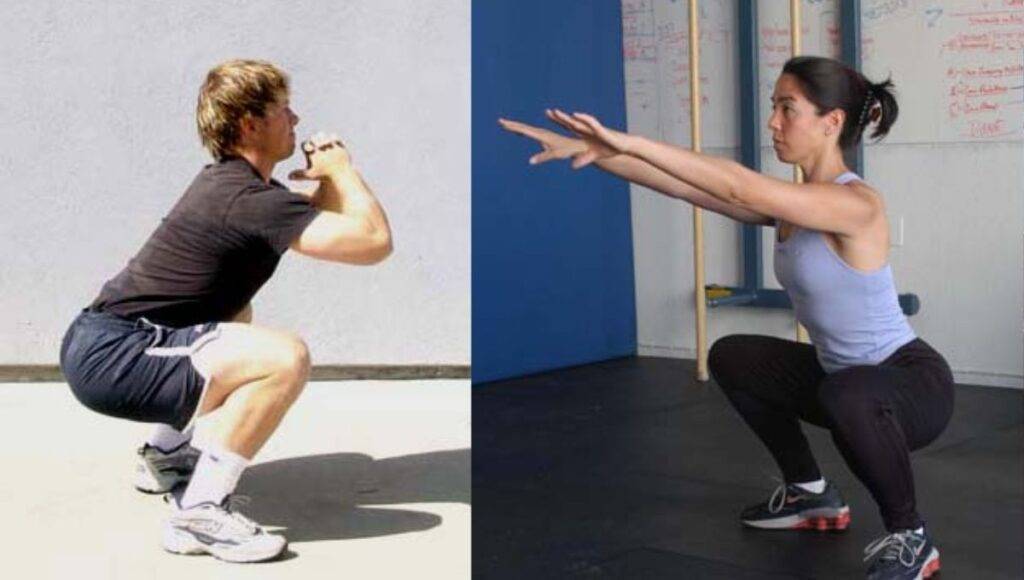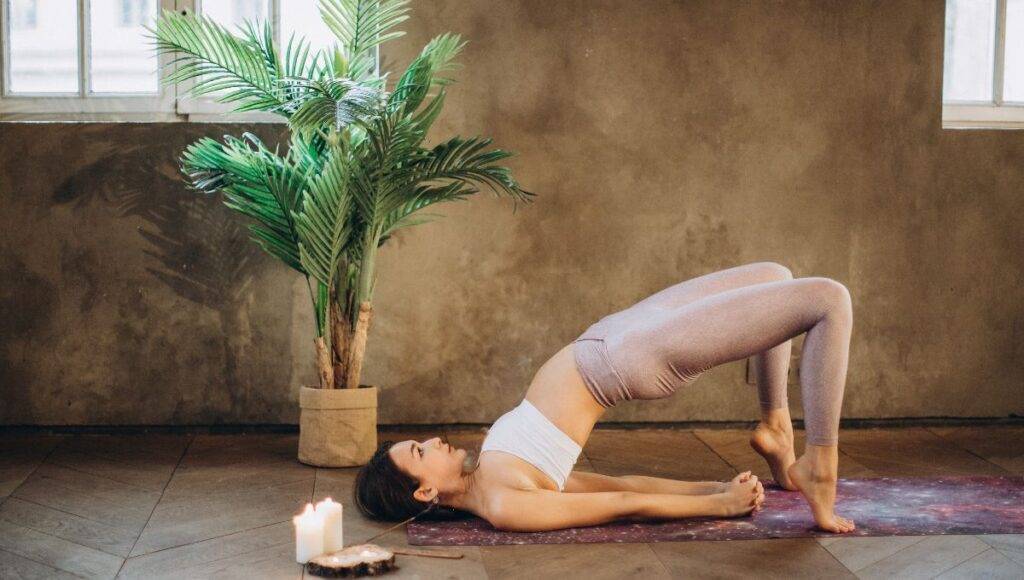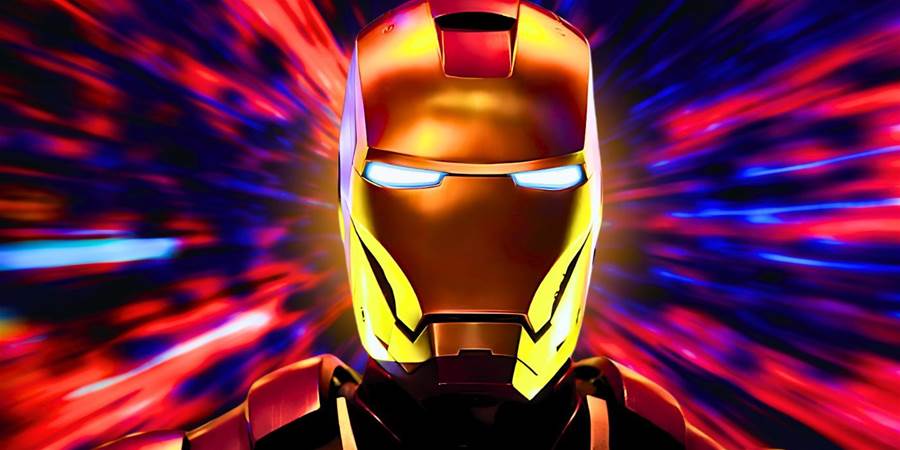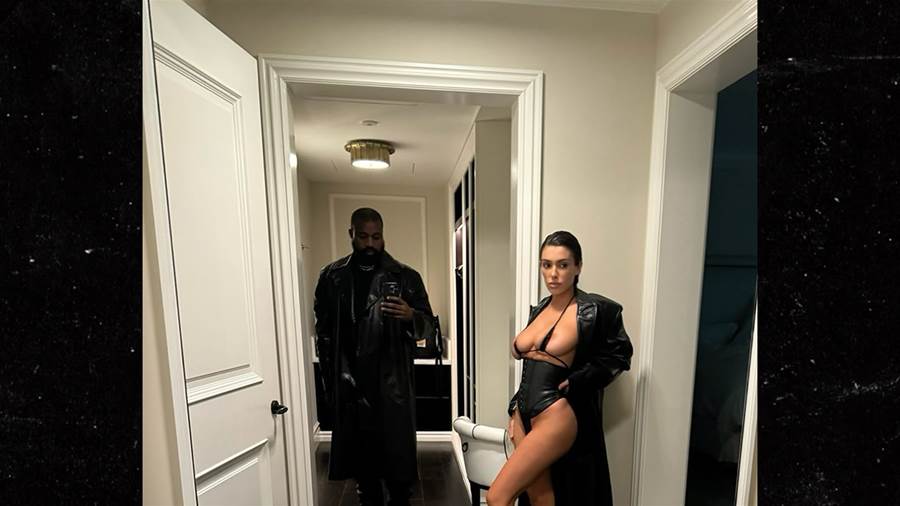
If you want to improve your lower body strength, you don’t necessarily need to join a gym. Check out the 15 most effective bodyweight leg exercises you can do anywhere.
Strong legs play a pivotal role in maintaining overall physical health and functionality. Firstly, they provide a solid foundation for daily activities, enhancing stability and balance. Whether walking, climbing stairs, or simply standing, having strong legs reduces the risk of falls and injuries, particularly as we age. This foundation is crucial for maintaining an active and independent lifestyle.
Strong legs contribute significantly to athletic performance.
In sports and recreational activities, power generated from the lower body is often a determining factor for success. Whether it’s sprinting, jumping, or agility movements, well-developed leg muscles enhance performance and reduce the risk of sports-related injuries. Athletes across various disciplines prioritize leg strength as a fundamental component of their training regimen.
Also, strong legs positively impact metabolism and overall body composition. The lower body muscles, particularly the large muscle groups like the quadriceps and hamstrings, require substantial energy to function. Regular leg training contributes to increased calorie expenditure, aiding in weight management and promoting a leaner physique.
Additionally, a balanced leg workout routine can stimulate the release of growth hormone and improve insulin sensitivity, supporting overall metabolic health. Strong legs, therefore, go beyond aesthetics, playing a vital role in promoting functional movement, athletic prowess, and metabolic well-being.

So you definitely should improve how strong your legs are and you don’t need to join a gym for it, as Josh Hash explains it.
Josh Hash is a movement coach who co-founded alongside his brother . They spent years in fitness from personal training to corrective exercise, to hand balancing.
has over 1 million subscribers where videos are posted about different movement patterns and exercises to improve your athleticism and life-changing habits.
Most people often associate lower body training with bodybuilding or powerlifting, thinking there’s only one right way to achieve results. However, for those who prefer training at home or Favor a bodyweight approach, there are numerous effective options available. This comprehensive guide explores various techniques to train your lower body with minimal setup, catering to beginners and enthusiasts alike.
Bodyweight Air Squats:
Squats are widely recognized as the king of lower body exercises. The bodyweight air squat, a safe and approachable variant, is excellent for building basic leg strength, endurance, and mobility. This exercise benefits beginners by promoting knee health and strengthening the quads and glutes. To add intensity, elevating the heels or adjusting feet placement can deepen the range of motion.

Toe Squats:
Emphasizing the quads, toe squats provide a unique challenge, causing fatigue sooner than traditional squats.
When performed progressively, this exercise becomes an effective method to strengthen both the quads and knees.
Unilateral Leg Training:
To intensify squats further, prioritizing one leg at a time through lunges, Bulgarian split squats, and step-ups can be beneficial. These exercises provide an excellent balance between strength and simplicity, accommodating those who wish to focus on strength without overcomplicating mobility and balance.
Advanced Squat Variations:
Moving beyond basic squats, deeper ranges of motion are crucial for continued progress. The ATG (Ass to Grass) split squat enhances knee mobility while prioritizing strength.
This exercise, when done with body weight, prepares individuals for more challenging movements like pistol squats.
Pistol Squats:
Pistol squats demand substantial strength and mobility. By elevating the heels or using assistance from the hands, individuals with ankle limitations can still benefit from this potent exercise. Pistol squats can easily be loaded with a weight vest or handheld weights, allowing for effective progress tracking.
Shrimp Squats:
Another challenging one-legged squat, the shrimp squat, targets the quads differently. Adjusting hand placement and lifting the heel can scale the intensity based on individual strength and mobility levels.
Weighted Calisthenics:
To progress further, incorporating weight vests or handheld weights in various squat variations enhances the challenge. This approach, known as weighted calisthenics, ensures continued progress in bodyweight movements.
Isolating the Quads:
While many bodyweight leg exercises emphasize the quads, specific movements like squats, natural leg extensions, and assisted leg extensions can target the quads more directly. These exercises contribute to overall leg strength while addressing potential knee concerns.
Training the Posterior Chain:
A significant challenge in bodyweight leg training is targeting the posterior chain, including the hamstrings and glutes.
Nordic curls, hamstring thr, and single-leg variations of good mornings or stiff-legged deadlifts effectively engage the posterior chain.
Bodyweight Glute Training:

Incorporating glute-specific exercises such as glute bridges and single-leg inversions provides targeted isolation. These exercises, when progressed with added weight, contribute to building strong and sculpted glutes.
In a nutshell, these are the most effective bodyweight leg exercises according to Josh Hash.
If you want to know how to put these exercises to the test in a well developed
SUPERSET 1
Pistol Squat / Shrimp Squat / Step Up / Bulgarian Squat (Choose what fits you best) – 5 Reps
Nordic Curl / Hamstring Curl – 5 Reps
REPEAT: 3 – 5 Sets
SUPERSET 2
Single Glute Bridge – 8 Reps Each Side
Natural Leg Extension – 5 Reps
Single Leg Deadlift – 8 Reps Each Side
REPEAT: 2 – 3 Sets
CONDITIONING
3-5 minutes walking lunges accumulated (not all at once)
To fully understand why these exercises were picked, you can watch the video below. In it, Josh Hash also demonstrates how to perform each of the exercises mentioned earlier, in case you don’t know how to do them.
When diving into calisthenics training, there are several key considerations to keep in mind to ensure a safe, effective, and rewarding experience. Here’s a breakdown of important aspects to focus on:
Remember that consistency, patience, and a holistic approach to training will contribute to long-term success in calisthenics.
Read more content from BOXROX below:
Image Sources



















